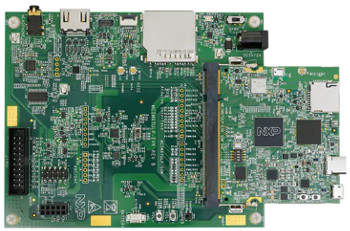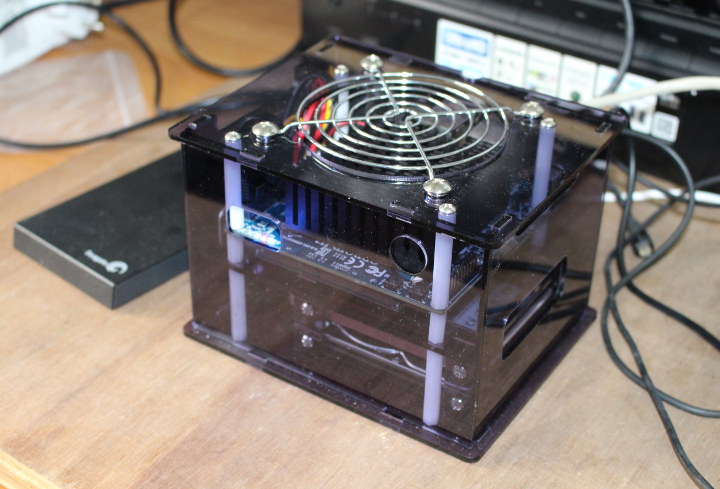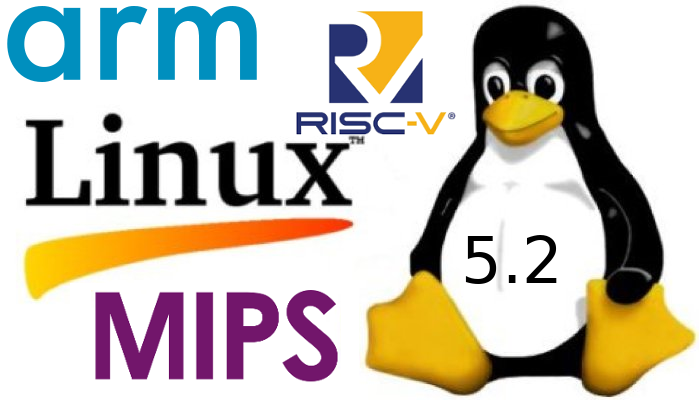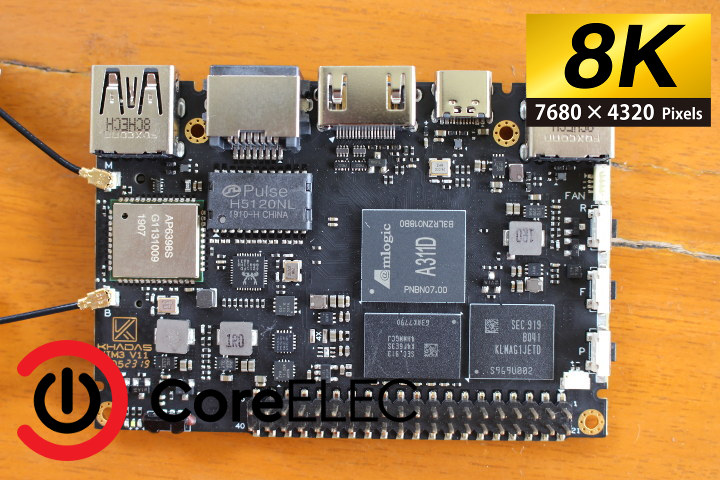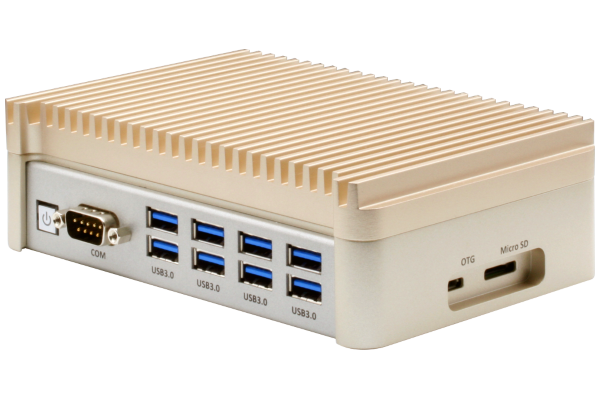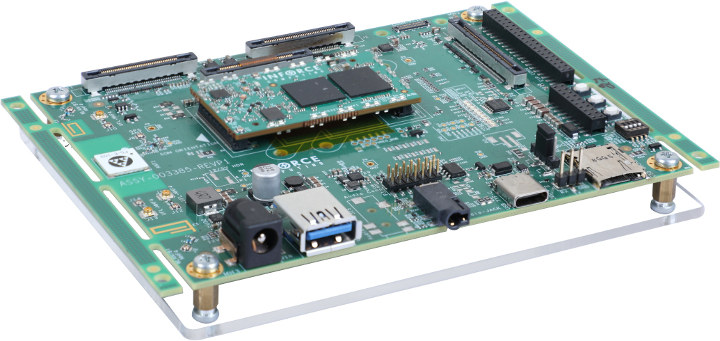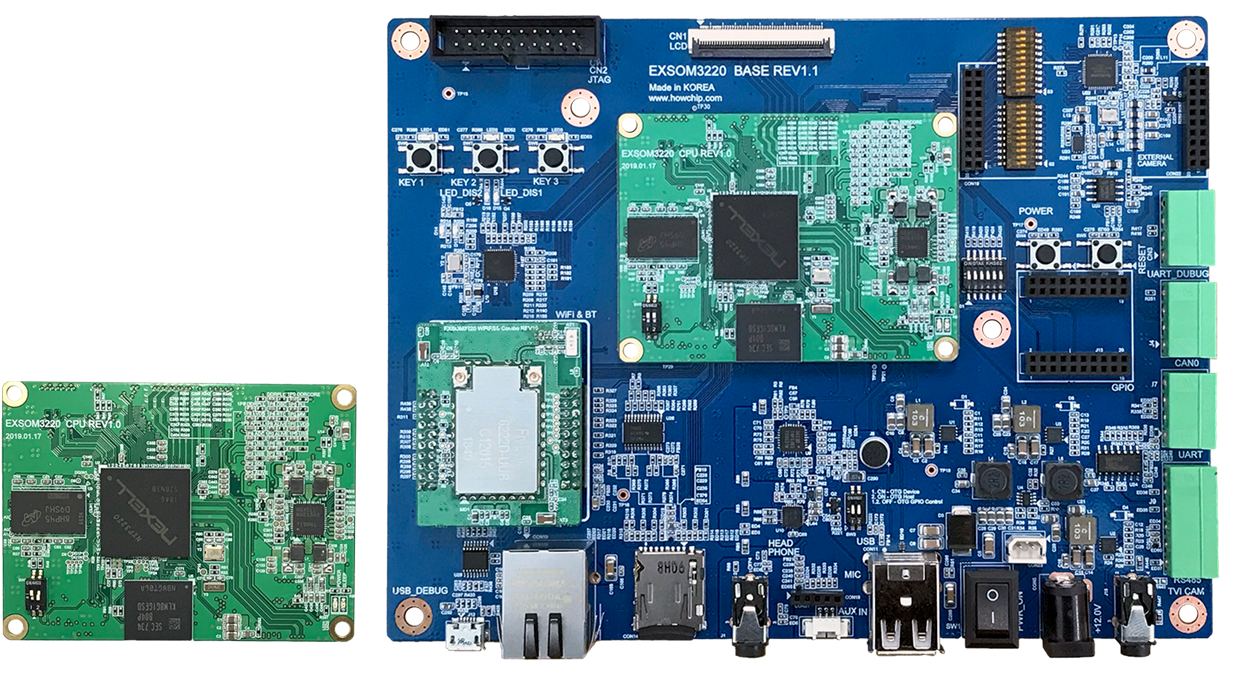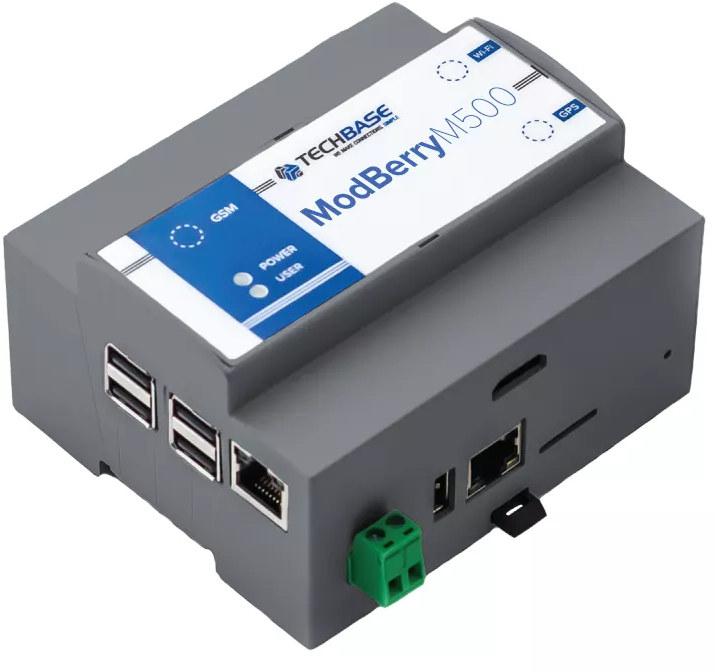Last year, we wrote about F&S Elektronik Systeme PicoCORE MX7 system-on-module (SoM) powered by NXP i.MX 7ULP processor manufactured with a 28nm FD-SOI process, and that was announced a year earlier. The official launch of the module was planned for Q3 2018, but there have been some delays as LinuxGizmos reports NXP has only started mass production of their i.MX7 ULP this June. With the official launch of i.MX 7ULP, the company also introduced the official i.MX 7ULP Evaluation Board (MCIMX7ULP-EVK) as showcased on Element14’s community and several other companies announced i.MX 7ULP systems-on-modules. Benefits of NXP i.MX 7ULP Processor The i.MX7 ULP family of processors is an extremely power-efficient series, that is utilizing lower power for more functions. The SoC is being touted as the most power-efficient processor that can be obtained that also houses a 3D GPU. Although like the i.MX7, the i.MX 7ULP combines both Cortex-A7 and […]
ODROID-H2 Review – Part 2: Ubuntu 19.04
After many months of delays due to Intel not mass-producing Gemini Lake processors, Hardkernel started selling ODROID-H2 again, more exactly ODROID-H2 Rev. B, and the end of last month, and the company sent me a full kit for evaluation. You can check out ODROID-H Rev. B with Type 3 case and the assembly instructions in the first part of the review. I’ve now had time to play with the board using the pre-installed Ubuntu 19.04 operating systems so I’ll report my experience in this second part. Note that ODROID-H2 does not rely on a custom version of Ubuntu, and instead you can download and flash Ubuntu 18.04 or 19.04 ISO directly from Ubuntu website. First Boot and System Information I had already connected two SATA drives inside the enclosure, one SSD and one HDD, but before booting the device I connected an HDMI cable, one Ethernet cable, USB keyboard & […]
Linux 5.2 Release – Main Changes, Arm, MIPS & RISC-V Architectures
Linus Torvalds announced the release of Linux 5.2 last Sunday: So I was somewhat pre-disposed towards making an rc8, simply because of my travels and being entirely off the internet for a few days last week, and with spotty internet for a few days before that [*]. But there really doesn’t seem to be any reason for another rc, since it’s been very quiet. Yes, I had a few pull requests since rc7, but they were all small, and I had many more that are for the upcoming merge window. Part of it may be due to the July 4th week, of course, but whatever – I’ll take the quiet week as a good sign. So despite a fairly late core revert, I don’t see any real reason for another week of rc, and so we have a v5.2 with the normal release timing. There’s no particular area that stands […]
Amlogic A311D and S922X-B Processors Support 8K VP9 Video Decoding
We’ve already written about future processors that will support 8K video decoding, such as Rockchip RK3588 that is expected to launch in early 2020. But I’ve just read claims that Amlogic A311D and S922X-B processors could also decode VP9 8K at 30 fps. So let’s have a look at Amlogic A311D datasheet first: Amlogic Video Engine (AVE-10) offloads the Cortex-A53 CPUs from all video CODEC processing. It includes dedicated hardware video decoder and encoder. AVE-10 is capable of decoding 4Kx2K resolution video at 75fps with complete Trusted Video Path (TVP) for secure applications and supports full formats including MVC, MPEG-1/2/4, VC-1/WMV, AVS, AVS+, AVS2 RealVideo, MJPEG streams, H.264, H265-10, VP9 and also JPEG pictures with no size limitation. The independent encoder is able to encode in JPEG or H.265/H.264 up to 1080p at 60fps There’s only mention of 4Kx2K decoding at up to 75fps, and further down in the document, […]
AAEON Launches BOXER-8150AI Compact Embedded Box PC Features 8 USB 3.0 Ports
The new compact embedded solutions’ addition to the BOXER-8100AI family is specially designed for artificial intelligence (AI) support. According to its makers, AAEON, it has a configuration of eight USB 3.0 ports made available through four USB controllers chips. This makes it perfect for a wide range of computer vision applications, some of which are visual inspection, quality control, and facial recognition. Now, each USB chip controls a pair of USB 3.0 ports. By dedicating one chip to one pair of ports, each chip handles less data traffic overall. This also improves bandwidth from connected devices and allows the BOXER-8150AI to maximize speeds and framerates of AI image processing. The product is currently in stock and available for purchase on AAEON online store for $1,142.00. Key Features of BOXER-8150AI Nvidia TX2 Module HMP Dual Denver 2 + Quad ARM A57 8GB LPDDR4 32GB eMMC 5.1 HDMI 2.0 8x USB […]
Inforce Introduces Snapdragon 660 & 845 Modules with On-Device AI
Inforce Computing has just launched two new pin-compatible system-on-modules, namely Inforce 6502 and Inforce 6701, powered by Qualcomm Snapdragon 660 & Snapdragon 845 SoC respectively. In their newsletter, the company claims those are their first modules with on-device AI capabilities with the Snapdragon 660 enabling “advanced visual computing, enhanced graphics and on-device machine learning capabilities”, while the more powerful Snapdragon 845 is better suited for “immersive multimedia experiences including optimized AI performance for a more responsive, power-efficient user- experience and capture of cinema-grade videos in UHD@60fps resolution. Inforce 6502 Snapdragon 660 SoM Specifications: SoC – Qualcomm Snapdragon 660 with 8-core Kryo 260 processor, Adreno 512 GPU, Qualcomm Hexagon 680 DSP with Hexagon Vector eXtensions (HVX) for Caffe2 and Tensorflow System Memory & Storage – 3GB LPDDR4, Dual-Channel + 32GB eMMC flash in single eMCP package Connectivity Bluetooth 5.0 + Wi-Fi 5 802.11ac 2×2 with MU-MIMO and Dual Band Simultaneous (DBS) […]
Howchip Introduces Scorpion 3 & Scorpion 5 Boards Powered by Nexell Processors
Howchip has announced 2 development boards based on Nexell processors. Even though pricing is not available yet for these boards, we can now know their main features. Both development boards have been launched as COM & carrier development kits. Scorpion 3 is mainly focused for developments where a powerful dual-core Arm Cortex-A7 NXP3220 featured with Linux 4.14 can be enough, and Scorpion 5 seems to be focused for applications which may have more intensive requirements, for instance in terms of user interface, being based on a quad-core Arm Cortex-A9 NXP4330Q featured with Android Nougat and with UI specific features like 3D-Graphics Accelerator. Even though there is not so much information, Howchip also announces as “coming soon” the Scorpion 1 board, based on Exynos i T200 as an integrated IoT solution. Howchip Scorpion 3 Howchip Scorpion 3 is a great embedded computer in a board whose form factor is only 68x50mm. […]
ModBerry M500 Industrial Computer Gets Upgraded to Raspberry Pi 4
We first wrote about Modberry M500 industrial computer when it was upgraded from Raspberry Pi 3 to Raspberry Pi 3 B+, and added PoE support. With the launch of Raspberry Pi 4 model B, it should come as no surprise that Techbase has now announced Modberry M500 would be available with the latest board from the Raspberry Pi Foundation. Modberry M500 RPI 4 preliminary specifications: SoC – Broadcom BCM2711B0 quad-core Arm Cortex-A72 processor @ 1.5 GHz with VideoCore VI GPU System Memory – 1GB, 2GB or 4GB LPDDR4 Storage – 4GB eMMC flash (TBC), and/or 8GB micro SD card Video & Audio Output – HDMI 2.0 up to 4K @ 60Hz and 3.5mm jack for CVBS (composite + stereo audio) Connectivity True Gigabit Ethernet, up to 2x optional 10/100M Ethernet ports Dual band 802.11 b/g/n WiFi and Bluetooth 5.0 LE Optional Zigbee, LTE/3G, GPS, WiFi, and Bluetooth cards USB – […]


